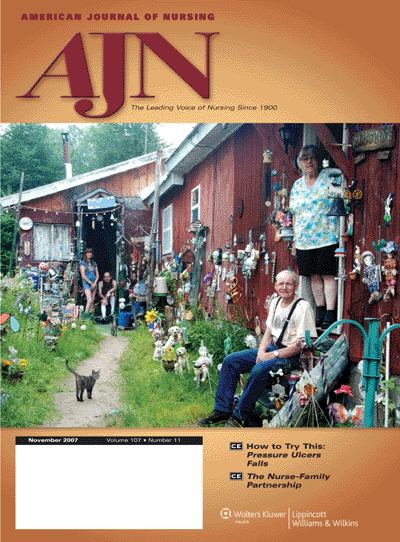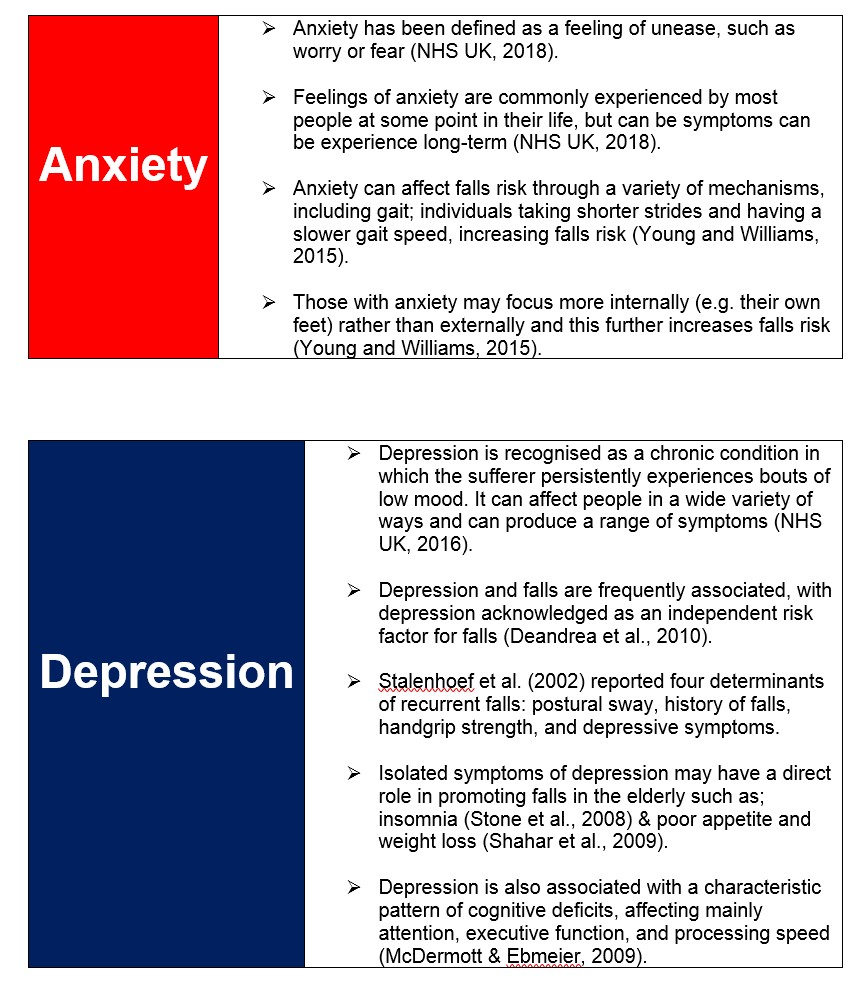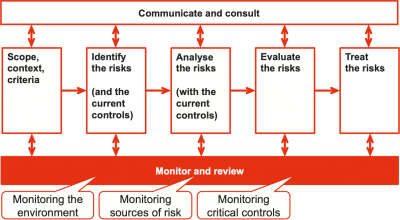Describe How Falls Should Be Recorded and Monitored
This chapter will do the following. A fall is nearly.
/4172395_color-5bd8c6b346e0fb002d0b0e5e.png)
Holter Monitor Test Uses Risks Procedure Results
Limitations of Fall Risk Scores Some assessment tools include a scoring system to predict fall risk.

. Recognising abuse is important. Fall prevention involves managing a patients underlying fall risk factors and optimizing the hospitals physical. Define the behavior that you wish to observe.
There is an absence of respiration for several seconds - this can lead to respiratory arrest. Reactive monitoring using accidents incidents. As we get older we often accept that falls are unavoidable however this is not the case.
Respiratory rate is a vital sign but it is frequently omitted inaccurately measured and not recorded. The term culture ofsafety is used to describe how the behavior of staffand managementaffects the safety of residents. Do not rely on scores alone.
Describe typical signs and symptoms of a transfusion reaction. It describes the approach for resolving an issue that interferes with reaching company goals. The corrective action plan should be SM.
Problems with walking and self-care. Research shows that close to one-third of falls can be prevented. 9 As some studies show an increase in falls rate individuals capable of participation in exercises should be monitored if these are adopted.
This can be done using various methods that fall into two broad categories. Whatever is taken by the patient especially fluids either via the gastrointestinal tract entrally or through the intravenous route parenterally Whatever is excreted or removed from the patient. National efforts in the community via Healthy People 2010 in the acute care setting via the Joint Commissions National Patient Safety Goals and in the long-term care setting via the Nursing Home Quality Initiative project have the potential to significantly reduce falls and related injuries.
Falls and related injuries are an important issue across the care continuum. Data collected during the physical examination including measurements of the vital. The measurement and recording of the vital signs is the first step in the process of physically examining a patient.
Health and safety performance should be monitored. Generalized loss of blood lowered blood oxygen saturation level. The rate is regular but less than 12 breaths per minute.
There are 10 types of harm and as part of your duty of care you should learn to recognise the signs of abuse. A corrective action plan is a documentation used in quality management that outlines a set of steps for addressing issues and gaps in business operations and processes that could negatively impact the business. Screening diagnosing and progress monitoring are essential to making sure that all students become fluent readers and the words-correct per-minute WCPM procedure can work for all three.
Be sure that your definition is so narrow in scope that others would observe only what you had in mind. Our childrens progress is being monitored constantly at school through the steady stream of. Extended period of medical illness.
For screening passages are selected from text at the students. Foot problems and footwear. The only aspect of the procedure that has to change is the difficulty level of the text.
Progress monitoring can give you and your childs teacher information that can help your child learn more and learn faster and help you make better decisions about the type of instruction that will work best with your child. This also applies to shift supervisors cooks night shift workers program counselors and other facility staff and volunteers and contractors. This article the first in a five-part series looking at the importance of this vital sign explains why nurses need to measure and record it.
Active monitoring to ensure that health and safety standards are correct in the workplace before accidents incidents or ill-health are caused. The rate is regular but over 20 breaths per minute. If you base a patients individualized care plan on their fall risk score alone their care plan will not be tailored to their risk factors.
Multifactorial assessment and intervention can be effective when delivered by a multidisciplinary team. Most people over 65 do not fall each year. The evidence for exercise programs preventing falls for RACF residents is inconclusive.
Choice of physiological track and trigger system 14 Track and trigger systems NEWS2 has been endorsed by NHS England should use multiple-parameter or aggregate weighted scoring systems which allow a. Reporting Recording Safeguarding Issues. Monitoring is a form of evaluation or assessment though unlike outcome or impact evaluation it takes place shortly after an intervention has begun formative evaluation throughout the course of an intervention process evaluation or midway through the intervention mid-term evaluation.
NICE clinical guideline 161 June 2013 Page 5 of 315 Introduction Falls and fall-related injuries are a common and serious problem for older people. Decide which type of behavioral recording is best suited to monitor the behavior. A respiratory rate of 12-18 breaths per minute in a healthy adult is considered normal Blows 2001.
Instead use assessment tools to identify fall risk factors. People aged 65 and older have the highest risk of falling with 30 of people older than 65 and 50 of people older than 80 falling at least once a year. Monitoring is not an end in itself.
Ofresident falls is significantFacilities that master the fall response process can shift from crisis management to proactive reduction of fall risk and related injuries. What signs and symptoms might you see with a patient under general anesthesia. Each year somewhere between 700000 and 1000000 people in the United States fall in the hospital.
Falls are not an inevitable part of ageing but may be the first sign of an underlying health problem. Monitoring student progress with learning trackers observation logs observation forms conferring logs etc provides the teacher with data eg the degree to which the student has mastered a learning target who needs reteaching who needs additional challenges what the next learning target should be. Health conditions that may increase the risk of falling such as stroke Parkinsons disease peripheral neuropathy and postural hypotension.
Fatigue lack of energy rapid pulse shortness of breath pounding of the heart jaundiced skin. Outline the skills necessary for observation recording and report writing. A fall may result in fractures lacerations or internal bleeding leading to increased health care utilization.
26 March 2018. The frequency of monitoring should increase if abnormal physiology is detected as outlined in the recommendation on graded response strategy. What the nurse can observe feel hear or measure.
Define the purposes of behavior observation recording and report writing. The intake and output chart is a tool used for the purpose of documenting and sharing information regarding the following. Acting on concerns is vital.
But its just as important that you keep a record of all safeguarding concerns in your organisation. This step involves collecting objective data - that is data about a patients signs ie. The respiratory rate is an essential observation but is often not recorded.

Falls Risk Assessment Tool Frat An Overview To Assist Understanding And Conduction Physiopedia

When A Fall Occurs Four Steps To Take In Response To A Fall Article Nursingcenter

Several Styles Available Aluminum Sign Area Monitored Etsy Aluminum Signs Signs How To Look Classy

No comments for "Describe How Falls Should Be Recorded and Monitored"
Post a Comment